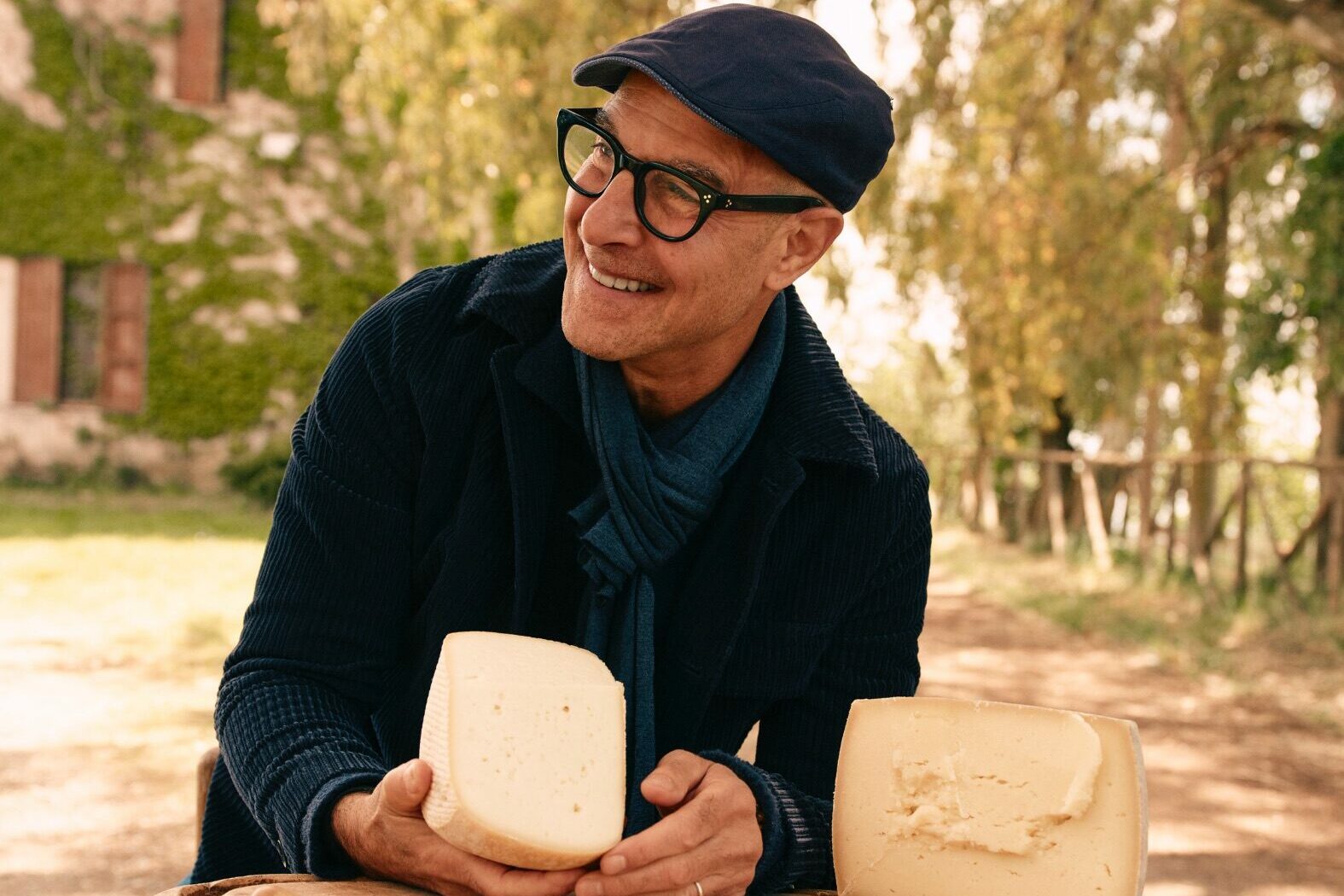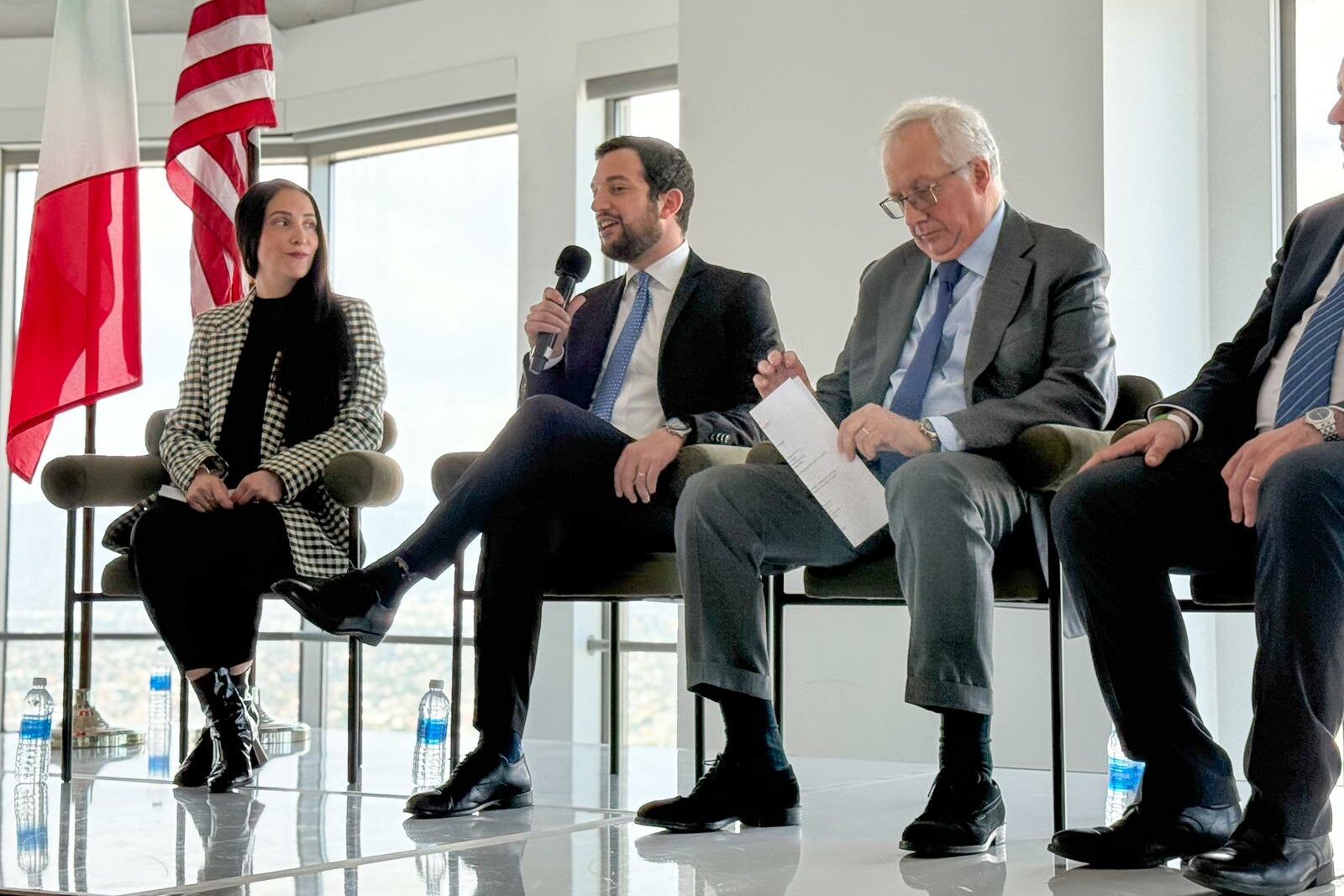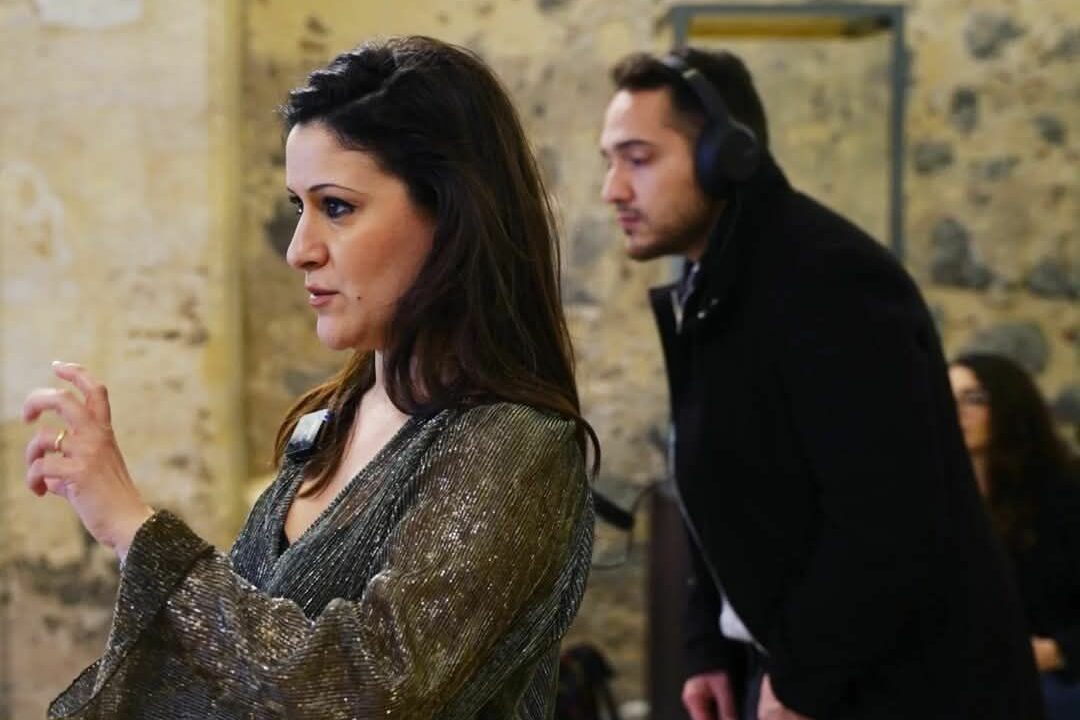In the contemporary design philosophy of Elena Manferdini, beauty, and design belong to everyone. This concept has been the cornerstone of the work of the Italian architect and artist, encompassing both her role as a public artist on an urban scale and her involvement in creating works of art. It is the latter that takes center stage in the exhibition titled FLORA, on display at the Italian Institute of Culture in Westwood, inaugurated on February 20th.
This exhibition stems from an idea shared by Elena Manferdini with IIC director, Emanuele Amendola. It brings together design objects, models, sculptures, and illustrations that reinterpret the imagery of nature into contemporary design forms. “This new exhibition holds particular significance, not only because it reflects our commitment to contemporary art and our dedication to promoting Italy’s rich tradition, but also because it delves into a highly relevant and cross-cutting debate on Artificial Intelligence, and the impact this revolutionary technology is already having in various sectors. It invites us to ponder themes such as the human-machine relationship, the boundary between real and artificial, and authorship in the artistic-creative process,” Emanuele Amendola, director of the Italian Institute of Culture in Los Angeles, explains.
“In the current era, marked by temporary digital artifacts and computational images, nature appears simultaneously familiar and strangely synthetic. FLORA showcases the dichotomy between natural and artificial representation,” says Manferdini, who hails from Bologna and arrived in Los Angeles at the age of 22, out of love. “While the love story ended, my connection with this city continued to thrive. After earning a degree in Civil Engineering from the University of Bologna and a Master’s in Architecture and Urban Design from the University of California, Los Angeles (UCLA), I became the director and owner of Atelier Manferdini and the Chair of Graduate Programs at the Southern California Institute of Architecture (SCI-Arc).”
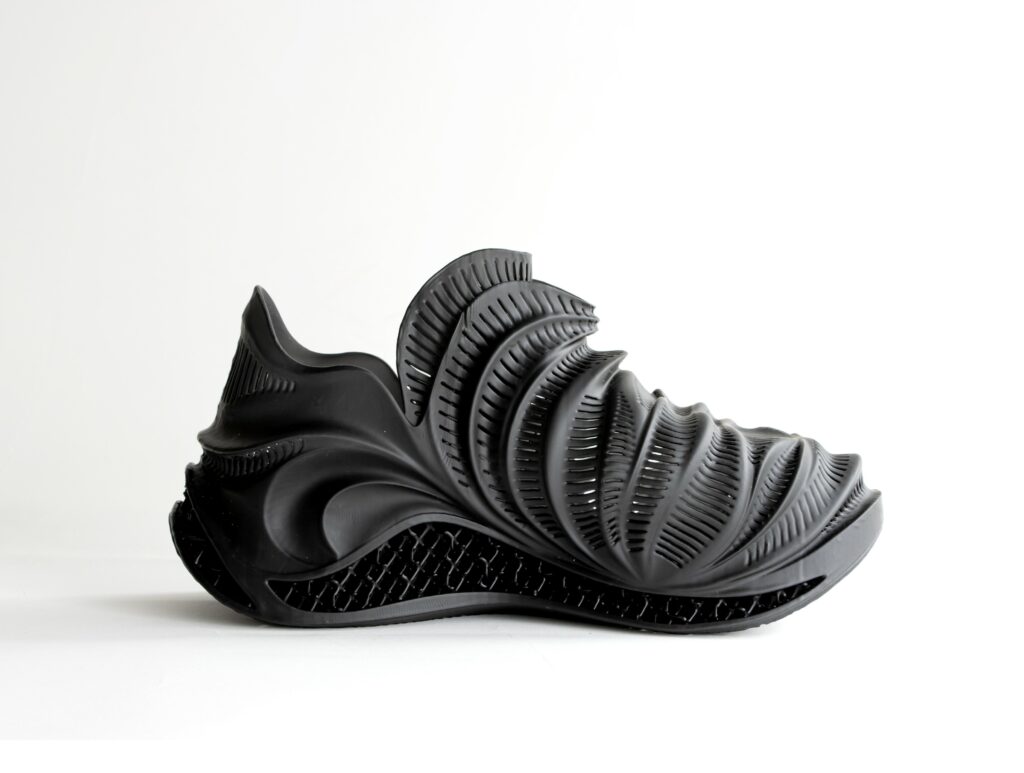
Your work has been shown in various art and architecture museums, including the Venice Architecture Biennale, MOCA, LACMA, Pacific Design Center in Los Angeles, Birmingham Museum of Art, Design Museum in Holon, and the New Orleans Museum of Art. Does the FLORA exhibition at the Italian Institute of Culture differ from the past, or is there always a common thread in your art?
There is a common thread, which is the representation of nature in a synthetic manner. My work heavily focuses on the idea of nature as a silent protagonist, and this concept initiated the conversation between me and the director of the Italian Institute of Culture. Together, we selected the pieces that belong to this visual thread. I also created some specifically for the exhibition to introduce something new: this includes Floralia, which consists of mirrors featuring images of women’s faces, generated with AI, and can be viewed in the gallery of the exhibition, also through augmented reality.
Apart from this AI-created artwork, are there any other avant-garde pieces?
There is a pair of 3D-printed shoes, representing the idea that 3D printing can be used in every field of design, including fashion. In 2023, Atelier Manferdini launched this pair of ready-to-wear shoes, created with the assistance of AI visualizations. The project serves as a prototype and a statement of intent. The shoes are entirely recyclable. We also have more traditional pieces, like the latest bracelet from Atelier Manferdini for Astroath Galleria, the “Nine-Tailed Fox,” inspired by the mythical creature from ancient Chinese mythology. The Nine-Tailed Fox, known as “Jiuwei Hu” in Chinese, combines precious materials and intricate craftsmanship to create a playful jewel that blends art, cultural significance, and the beauty of ancient mythology, making it a distinctive accessory for celebrating special occasions.
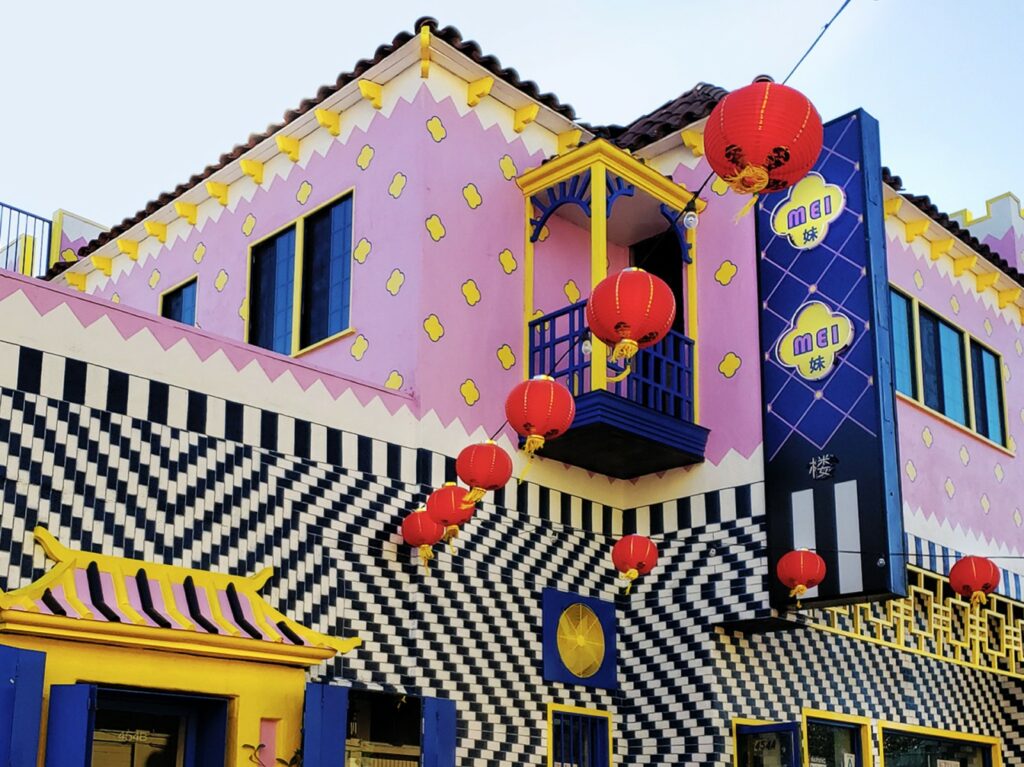
In addition to being an artist, you also work as an architect. Do you somehow blend these two aspects of your profession?
My profession as an architect has always had a strong artistic dimension. I primarily work as a public artist, and currently, I’m working on a façade for the City of Hope building, which is a research center that also serves cancer patients. In general, my work is dedicated to collectivity; if possible, I always work on public buildings. Even when it comes to private buildings, there is always a strong connection to the community. It’s not an easy job, but it’s very rewarding because once it’s completed, everyone benefits from it.
Could you tell us more about your work for City of Hope?
They are constructing a new building in Duarte, and I’m working with them on creating the façade. In Los Angeles, I also worked on Inverted Landscape, for the LA County, specifically the Zev Yaroslavsky Family Support Center Civic Artwork in Van Nuys. Inverted Landscape was named one of the top 38 public art projects in the 2015 edition of the Public Art Network (PAN) Year in Review by Americans for the Arts, the leading national nonprofit organization for the advancement of the arts. It’s the only national award that specifically recognizes public art projects. This particular center welcomes individuals transitioning out of prison and seeking reintegration into society, but it also deals with mental health, assistance for minors, and families in need. In these cases, the question I ask myself is: how can architecture and design be of assistance to these centers that offer such a specific type of service?
What answer have you given to this question?
I’ve given myself many answers. Firstly, a significant part of my work is based on the psychology of color. In these places, entire families come together. At times, people have witnessed traumatic events, like the loss of a parent. These are challenging moments in their lives, so my work aims to create an uplifting space to bring some joy to everyone there. It’s about creating functional spaces that also maintain a certain poetic quality. Additionally, it’s not just about color; nature plays a crucial role, too. The effects of natural colors are an integral part of my work.
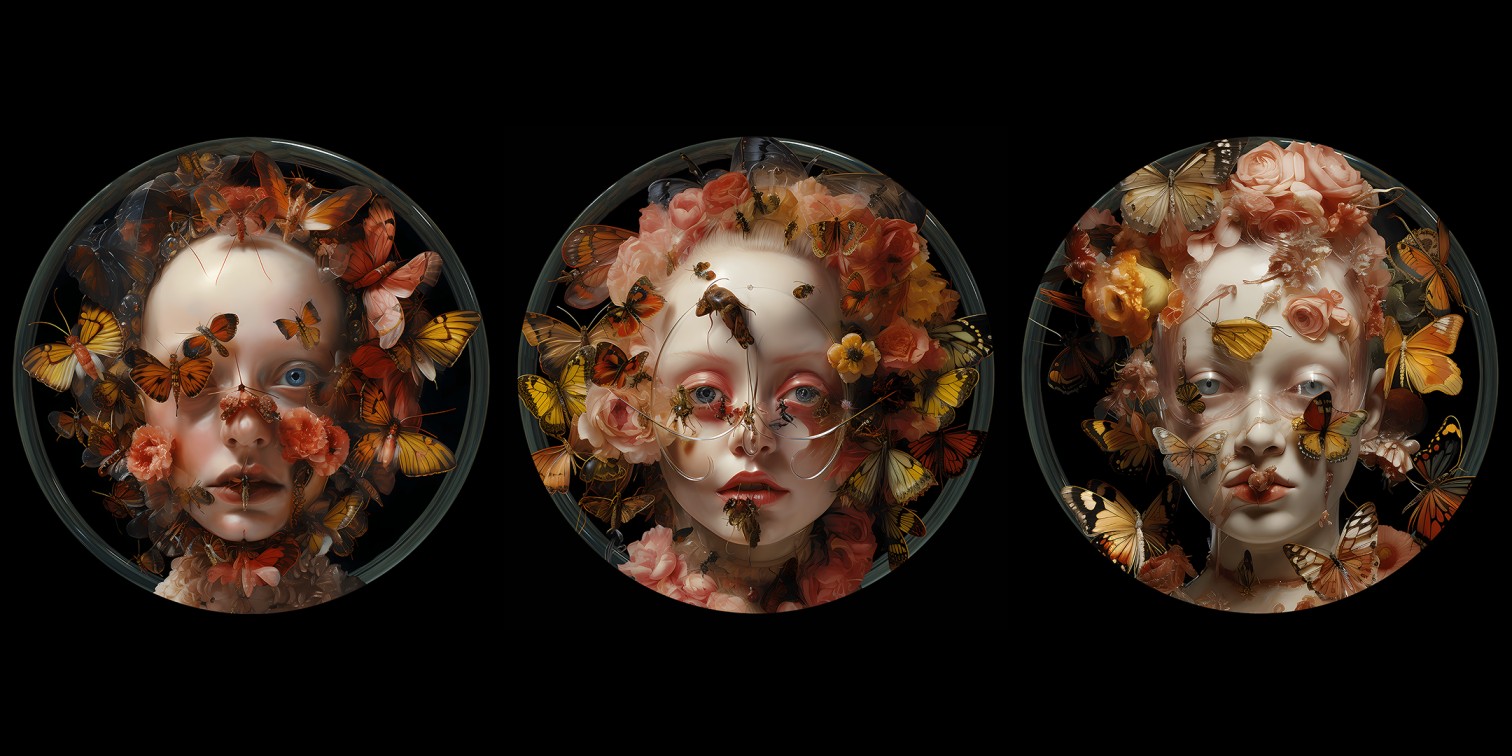
On which other façades have you worked in the city of Los Angeles?
I worked on the Mei Mei Lou in Chinatown, Los Angeles, which I completed in 2018 with Atelier Manferdini. I designed a new colorful and pop façade for an unremarkable building in the heart of Chinatown, transforming it into an unmistakable landmark in the neighborhood.
The FLORA exhibition is available for viewing until April 19, 2024, by appointment | desk.iicla@esteri.it or 310-443-3250.




